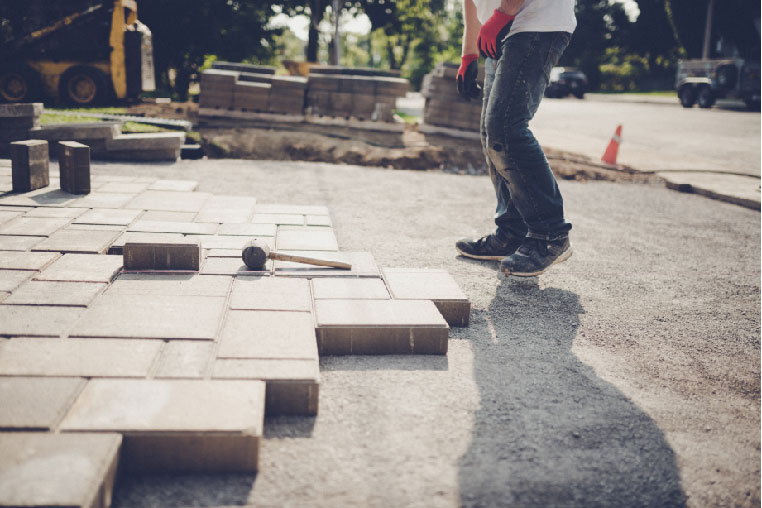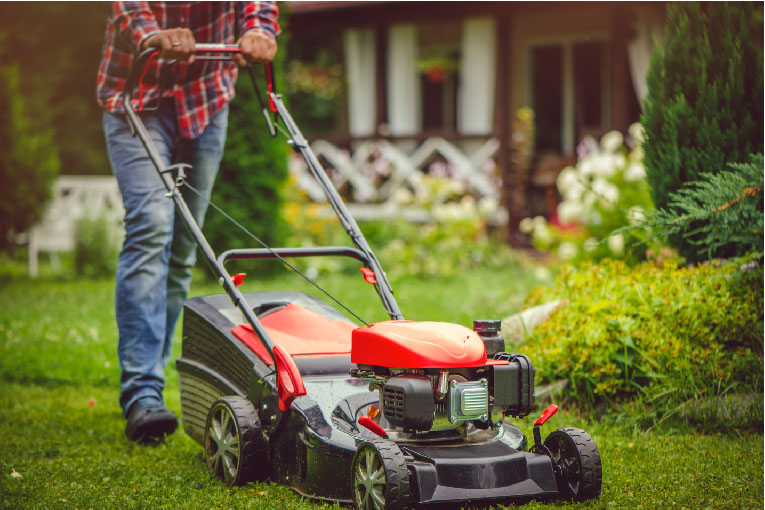Minds On
The balance model
Explore the following video entitled “Find the missing number in equations.” This video introduces the concept of solving algebraic equations with the “Balance Model.”
After the video, record the following key factors of the balance model. You can record your ideas digitally, orally, in print, or in an organizer of your choice.
Key factors of the balance model
- Solve for the unknown by isolating for the variable
- Use opposite operations to isolate for the variable (maintains balance)
- What you do to one side of the equation (fence) you do to the other
What manipulatives were used in the video?
Action
Solving equations
Testing the balance method
Let’s solve the following equation using algebra tiles and the balance method.
The equation is:
Step 1
Using algebra tiles, let rectangles represent the variable
Let small squares each represent 1.

The equation 3 n plus 1 equals 10, represented with algebra tiles. There are two groups of tiles, one in a box on the left and another in a box on the right. In the left box there are 3 long rectangle tiles and one small square tile. The 3 rectangles represent 3 n and the square represents 1. Together, this represents the 3 n plus 1 part of the equation. In the other box on the right, there are 10 square tiles. This represents the equals 10 part of the equation.
Step 2
On the left side, group the 3 rectangles, which represent 3n, together with one small square. There should be 10 small squares on the right side. The goal is to isolate the variable. In order to maintain balance, if you take away 1 square on the left, you need to take away one square on the right.

The equation 3 n plus 1 equals 10, represented with algebra tiles. There are two groups of tiles, one in a box on the left and another in a box on the right. In the left box there are 3 long rectangle tiles and one small square tile. The 3 rectangle tiles are grouped together and the 1 square block is separated on its own. In the equation 3 n plus 1 equals 10, the group of 3 rectangles represents 3n and the 1 represents 1. In the other box on the right, there are 10 square tiles. 9 of the squares are grouped together and 1 other square is on its own.
Step 3
Remove one square from the left and remove one square from the right.

The equation 3 n plus 1 equals 10, represented with algebra tiles. There are two groups of tiles, one in a box on the left and another in a box on the right. In the left box there are 3 long rectangle tiles and one small square tile. The 3 rectangle tiles are grouped together and the 1 square tile is separated on its own. There is a circle around the lone square tile. In the other box on the right, there are 10 square tiles. 9 of the squares are grouped together and 1 other square is on its own. Just like on the left side, there is a circle around the lone square tile.
Step 4
Solve for How many square tiles are there for each of the rectangles?

There are two groups of tiles, one in a box on the left and another in a box on the right. In the left box there are 3 long rectangle tiles. In the other box on the right, there are 9 square tiles, arranged in 3 rows of 3. There is a circle around 1 of the rectangle tiles and 3 of the square tiles.
Step 5
There are 3 square tiles for each rectangle tile. Therefore,

There are two groups of tiles, one in a box on the left and another in a box on the right. In the left box there is 1 long rectangle tile. In the other box on the right, there are 3 square tiles. 1 rectangle tile (n) equals 3 square tiles.
Let’s try to solve each part of this algebraic equation.
The following lists the steps to solving the equation
but some parts are missing.
Fill in the missing parts of the equation to uncover the complete solution.
Press the ‘Solution’ button to access the complete solution to
Practice 1
Solve for in the following equations.
Record your strategy and your solutions digitally, orally, or in print.
Verifying with the variable
After isolating the variable and solving for the unknown, we can check to see if our answer is valid!
Take your answer and substitute it for the variable.
For example, let’s pretend we had to isolate and solve the following equation:
Now we will substitute for 5 in the original equation:
Because the left side of the equation equals the right side of the equation, we know we are correct!
Practice 2
Let’s return to the three questions from Practice 1:
Now do the math by substituting your results for the variable. Record your solutions digitally, orally, or in print.
After substituting, the left side should be equal to the right side. This is called a left-side right-side check that proves your answer is correct!
Reverse flow chart
Another way to verify your answer is by using a reverse flow chart.
In this process, the equation is broken into steps based on order of operations.
Let’s practice with the following equation:
First the variable is multiplied by 3, then 3 is added to get an answer of 18.
To verify, we would work backwards (from right to left) and start with 18.
We would use inverse operations, first subtracting 3 from 18 and then dividing the quotient by 3 to solve for
We would record this thinking like this:
Practice 3

A contractor is extending the patio stones in their back yard.
Currently they have 30 stones. The extension will triple the size of the patio, and at the end there will be 90 stones.
The contractor buys 4 bags of stones and has the exact number of stones they need. How many stones are in each bag?
Complete the following tasks based on this word problem. You can complete these tasks digitally, orally, or in print.
- Write an algebraic equation using the information in the word problem.
- Solve the equation to find out how many stones are in each bag.
- Use a method of your choice to verify your solution. You could guess-and-check, use a reverse flow chart or you could use the balance model.
Consolidation
Activity
For this activity, you can choose to create your own word problem (Option 1) and solve it OR you can solve the word problem provided (Option 2).
Record your strategies and solutions in your notebook, on a computer, or using another method of your choice.
Option 1
Create a word problem with a situation that requires a variable like the problem with the contractor in the Action section.
Once you have your word problem, solve your equation and verify your solution by using the balance model, guess-and-check, or another method of your choice.
Option 2

For a summer job, an entrepreneur is planning to mow lawns. They want to earn $1,500.00 to buy a new computer. The entrepreneur estimates they will spend $210.00 for gas. If the entrepreneur charges $18.00 per lawn, how many lawns will they need to mow to afford the computer?
Solve this equation and verify your solution by using the balance model, guess and check, or another method of your choice.
Reflection
As you read the following descriptions, select the one that best describes your current understanding of the learning in this activity. Press the corresponding button once you have made your choice.
I feel…
Now, expand on your ideas by recording your thoughts using a voice recorder, speech-to-text, or writing tool.
When you review your notes on this learning activity later, reflect on whether you would select a different description based on your further review of the material in this learning activity.